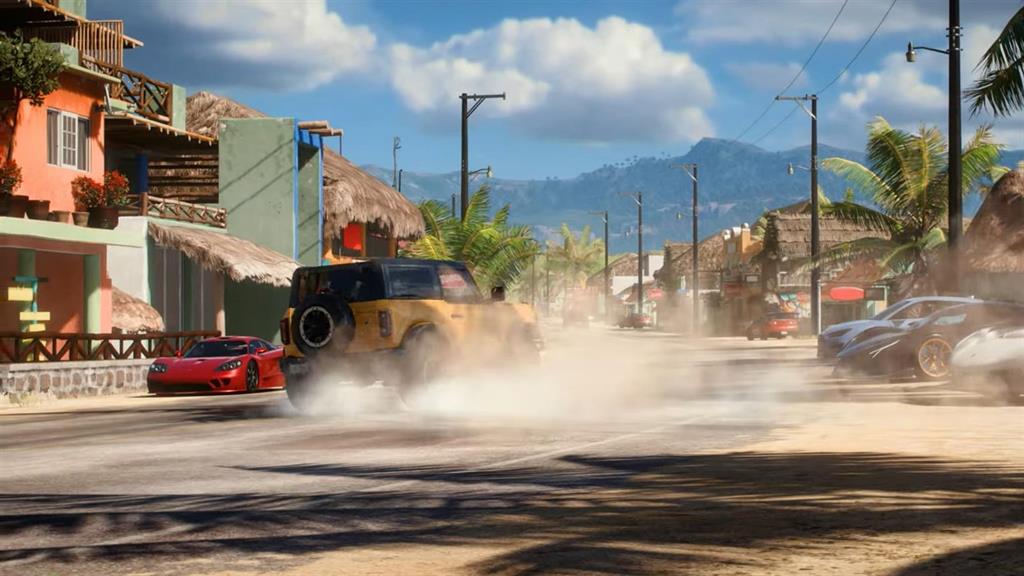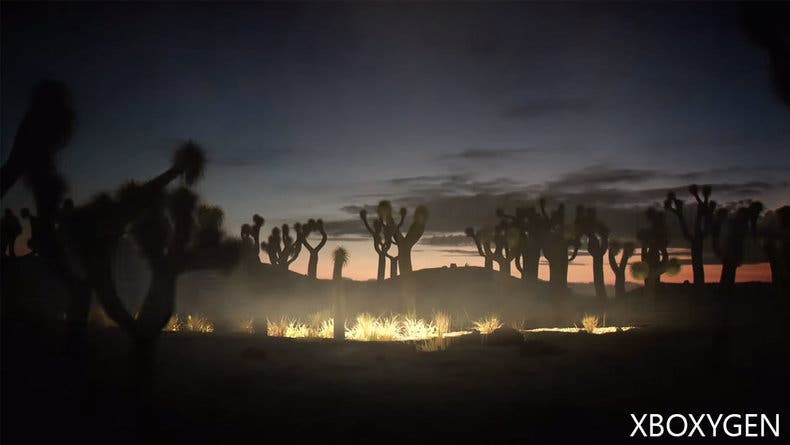Pour two cups of hydrogen peroxide, four tablespoons of white vinegar, and one-and-a-half teaspoons of table salt into a plastic spray bottle. Vigorously swirl the bottle to mix the contents. Once the salt has dissolved, spray the solution over the object to coat it partially or completely, depending on the desired effect. The peroxide should begin to bubble on contact with the metal, and rust will start forming immediately. Let the object air-dry in the sun for another five minutes or longer, depending on the size of the object.
I have 11 step by step examples of how I've used this rust patina paint finish on decor, mirrors, and wall art in my home. You just need to know a few tricks to get the look you love. After a few minutes, I swished the horseshoe around in the solution to sort of rinse off the salt and then patted it dry with a paper towel. You don't want to wipe it too hard or it could remove some of the patina.
You'll see that it's a bit rusty but don't worry if it doesn't look exactly the way you want, it actually rusts more as it dries. This is what mine looked like right after I removed it from the mixture – I did this all in less than 10 minutes. You can make beautiful wall art and home decor with this easy rust paint makeover. You can find out more about that Rust, Bronze, and Copper wall art I made in this How to Faux Patina Paint Metal Finishestutorial. And, you can see the steps for those Easy DIY Chunky Wooden Frames too.
If you watch the video at the top of this post you'll see the difference in the spray vs. dunk method. The dunk method could cover nearly the entire metal object, depending on how much you cover and how long it sits. Although you'll notice a few of my "dunked" horseshoes still have a decent amount of contrast. To get this look, I used a small paint brush to apply the iron paint in just a few spots. Once the blue chalk paint dried, I put a light layer of iron paint on with the chip brush.
Then I worked fast to spray on the patina while it was still wet. For these 2 projects, I used 2 coats of metal primer on one and 2 coats of blue chalk paint on the other. Just follow the directions on the container to apply it.
I had pre-mixed roughly 5 oz of peroxide with 2 oz of vinegar and started spraying that onto the horseshoe while it was still in the container. My spray bottle wasn't working that well and I became impatient so I just took off the spray cap and dumped the mixture onto my horseshoe. This is where it starts to get fun because the peroxide starts to bubble on the metal and you can see the rust color coming on.
At this point, you'll want to add peroxide on top of your metal objects. You can mix it with vinegar and salt inside a spray bottle if you want. Yes, I should've said that latex works well too – I use them interchangeably for most projects. Although I remember my first 'faux finish' on a wall. I probably had about 15 coats because I couldn't really "see" it, you know?
Thank you so much for sharing with me. I used the same steps on this piece too. You can still see little bits of blue chalk paint showing through on this one. Those are spots where I didn't apply the Iron paint. The variation in color gives this a more of an authentically aged look.
If you are painting a slick, non-porous surface like glass or ceramics, I'd cover the surface with 2 full coats of chalk paint as a primer. That'll make sure that the rust paint sticks to your project. Begin with a splotchy coat of black craft paint, followed by several splats of brown craft paint. Depending on your preference, you can allow some of the original metal finish to show through, or not. I stated by giving them a coat of black paint. I was not careful at all and just haphazardly blotted it on.
I didn't even cover all of the silver figuring they would look more authentic if some of it showed through. To get the look of rust, I dabbed brown paint randomly on top of the black. I couldn't believe the transformation. I have to admit that I was actually starting to love the once ugly silver brackets. The Home Depot cast offs are at least easy to attach. They only needed some short wood screws and voila.
Move the metal object you want to rust out to a yard or open garage on a hot day. Direct sunlight helps speed up the rusting process. Plus, hydrogen peroxide and vinegar can give off a moderate level of fumes, so you'll want to work in a well-ventilated space anyway. Look at all that a-mazing rust patina!
If you're into easy woodworking projects too, you can see how I made that pretty DIY Mosaic Wood Table Top in a previous post. These next pieces pretty much follow the steps that come with the Iron Paint and Patina Spray. I covered them completely with 2 coats of a dark grey chalk paint.
For the next 2 examples, I used a chip brush to apply a light, dry-brushed layer of a medium blue chalk paint as the base. If you aren't painting metal, you can actually use chalk paint as the base under the iron paint. Chalk Paint sticks to almost any type of surface, even glass and ceramics, so it's a great primer on it's own.
Hi Dorothy, do you know what kind of metal it is that you're trying to rust? I learned this the hard way by trying to rust some galvanized buckets I had on hand. After I placed my horseshoe in the container I poured some white distilled vinegar on top.
I didn't measure but I poured just enough so that it covered the horseshoe and then I sorta swished it around on top. You could pour some of the vinegar into a spray bottle and spray your metal objects instead. Fast forward several months and now that we're ready for the project I can't find old horseshoes anywhere!
Well, that's only partially true, I did find some online but wanted them NOW because I'm impatient. Oh yeah, and they were suuuuuper heavy. I don't know about you but my heart skips a beat when I come across reclaimed wood, rusty metal, and forged iron. Finally, spray a thin coating of clear acrylic sealer to the dry rusted object. Though the aerosol can might specify that your chosen sealer prevents rust, it won't undo your work.
Lightly sand the entire surface of the metal with a fine-grit sandpaper to shed any protective coating present that might prevent the object from rusting. Place the sanded object in the center of a plastic bin that's rested on either hard ground or a flat work surface in the garage. Besides painting faux rust on metal, you can paint cardboard, wood, or plastic. Spray on the green patina while the iron paint is still wet.
A few light sprays will provide a slight rust look, more sprays will make the rust stronger. I lightly brushed Dixie Belle chalk paint color Vintage Duck Egg on this candle holder. I was going for an aged rust look with this technique. Iron Paint is basically a grey paint with powdered IRON mixed in.
That IRON is what is actually rusting. So, every time you use Iron Paint with the Oxidizing Spray you get a natural, beautiful rust paint finish. Heck, when you combine the salt and hairspray weathering technique with this rust technique, you can even make milk cartons look like painted rusting metal. Wondering if this would work on aluminum horseshoes which are really very lightweight. I have some old spurs that I've used as drapery tie backs before that looked pretty neat. Also a beautiful bit that will never be used on a horse again.
My vet is opposed to the use of all of these items on equines, and told me the only good use for a bit is for making a toilet paper holder. And, this would make a really cool looking one, at that. Of course, you can always add more, but I went a little overboard on some just because I was being impatient and kept adding more of the mixture. A single application of the solution should produce a subtle rusted patina on your metal object. For a deeper and more distinct patina, though, repeat the application of this rusting solution up to four more times. Spray paint and salt can give you an instant weathered iron effect.
You can create a faux rust effect using these ingredients. Matte sealers aren't only to protect the finish, they also increase the look of dimension, which is critical when painting a faux finish. My projects always look quite flat, even with lots of paint layers, until I seal with a matte. Once the chalk paint is dry, use the chippy brush to dry brush an uneven layer of the iron paint. And, you can absolutely use this on wood decor and furniture too.
Just be sure to apply 2 coats of your favorite chalk paint as a base. Our next example is the wood molding. Give it a nice base coat of black craft paint. There's a project we've had in mind for our RV, all we needed was some antique horseshoes. As it dries, the acid of the vinegar will begin to corrode the surface of the metal and you will start to see rust appear. Donning gloves and goggles to protect yourself from splashes, pour white vinegar into a plastic spray bottle, then generously spray the metal.
How Do You Make Paint Look Rusty Though unwelcome ongardening tools and patio furnishings, rust isn't always something to remove. This is a simple little way to paint faux rust using only craft paints. 1- Depending on your preferences , dab paint to the areas where you want your faux rust to show. If you paint too much, dont worry just wipe it off with a cloth.
Work on small areas at a time to ensure paint is wet when the cinnamon powder is applied. Looking for more easy DIY paint project ideas? You can see the video tutorials in this YouTube Playlist. Chip Brushes are great for dry brushing since the bristles tend to be a little uneven. Just barely dab the end in paint and lightly blot on a paper towel before brushing it on your DIY Faux Patina Paint look. On the top canvas above, I started with a wet layer of Iron, then sprayed Green Patina on that and lightly spread it across the surface with a foam brush.
This rust paint looks so beautiful and it gives anything you paint a soft, subtle texture. And, don't worry, unlike real rust, this paint isn't sharp or flaky. You don't want that rust paint on bare metal.
The rust could start to breakdown the metal without a primer. This DIY Rust Paint is a rich, beautiful neutral color that works in almost any room and style. You can go for a light patina for more greys and browns or go bold with a deep orangey rust patina effect. What a bummer 🙁 The crate must have been made out of aluminum, stainless steel, or some sort of metal that doesn't corrode or have iron in it.
Too many recipes called for "acid" no way I'm handling that stuff or having it around my animals. I have an old metal birdcage from Europe that was painted black and I think I'm going to try this. It is going onto my screened in porch. My initial idea was to make it look like pewter but way too involved. I'm not a DIYer so if it has a lot of steps I keep looking. Don't forget to check out therustic bathroom shelf we created using these horseshoes.
Now we have some rusty, antique-looking horseshoes that are perfect for our project, which we'll be sharing with you next week. To be honest, I waited a while before sealing mine which was a BAD idea. Some of the patina had rubbed off by then, including getting on some of my towels. When I did seal them I just used some leftover Spar Urethane and a foam brush, but you can use any clear sealer and may prefer a spray-on kind.
I have to admit that I didn't really follow any specific recipe for this. Gently scuff off any remaining flecks of paint using a paint scraper. Create a faux-rust effect using spray paint and salt. For the plastic tub I didn't apply any white or yellow highlights or Burnt Sienna, simply because I liked the look with only gray and Terra Cotta.
Burnt Sienna is close in hue to the spray primer. Since it's a craft paint some of the highlights will still be visible, just not as harsh. This is just a really simple way using regular ol' craft paints and a sea sponge.























































